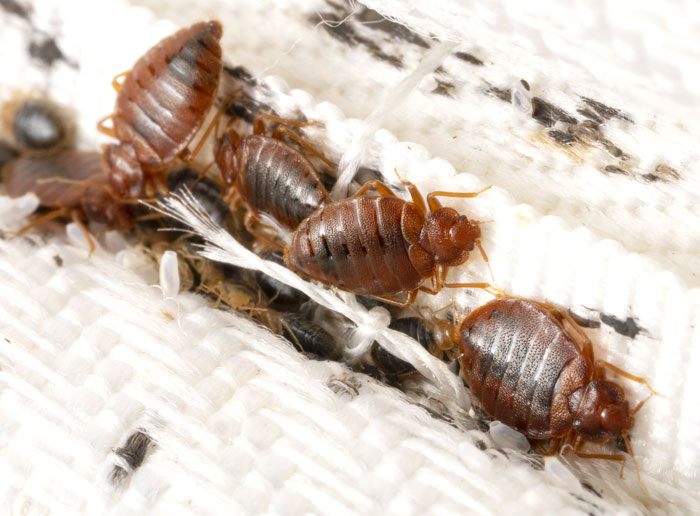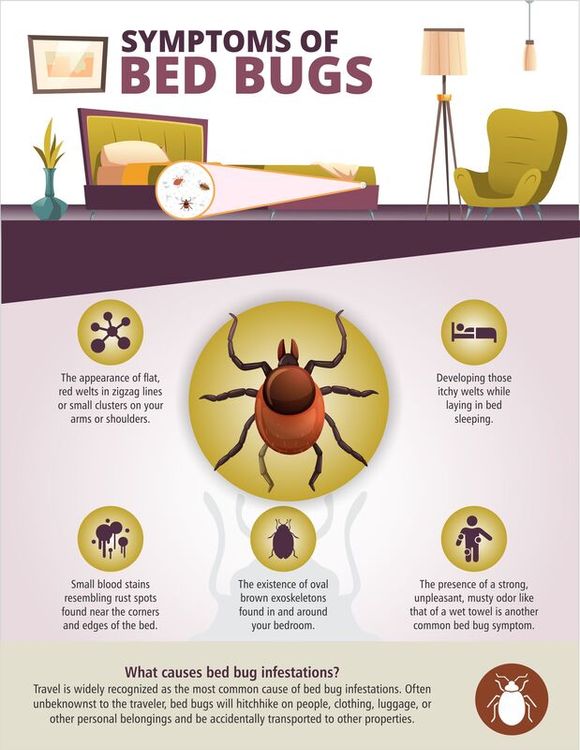Reliable Exterminator Services to Safeguard Your Home from Unwanted Pests
Reliable Exterminator Services to Safeguard Your Home from Unwanted Pests
Blog Article
Obtain Enlightened Regarding the Kinds Of Parasite Control Approaches and Their Benefits for Homeowners
Understanding the different insect control methods readily available to house owners is crucial for reliable insect administration. House owners who are knowledgeable can make critical choices that not only address bug issues yet likewise enhance the total top quality of their living setting.
Chemical Parasite Control Methods
Chemical insect control approaches are a vital element of integrated insect administration strategies for house owners seeking effective remedies to pest problems. These approaches include the application of chemical substances designed to get rid of or deter bugs that intimidate personal effects, health and wellness, and convenience. Common chemicals utilized consist of pesticides, herbicides, rodenticides, and fungicides, each tailored to target certain bugs.
The main advantage of chemical bug control is its rapid efficiency; numerous formulations give instant outcomes, lowering pest populaces dramatically in a short time. Furthermore, breakthroughs in chemical formulations have brought about products that are extra ecologically friendly and have reduced poisoning degrees for non-target microorganisms when applied appropriately.

Biological Parasite Control Techniques
Natural parasite control approaches have acquired importance as property owners look for much safer and more lasting alternatives to conventional chemical techniques. Biological insect control techniques make use of natural killers, bloodsuckers, or microorganisms to handle insect populaces effectively. This technique is not just eco pleasant yet additionally minimizes the threat of harm to non-target species, including advantageous insects and wild animals.
One of the most common biological control approaches entails introducing all-natural predators right into the setting. For example, ladybugs can be used to manage aphid populations, while nematodes target soil-dwelling parasites like grubs. Furthermore, parasitoids-- organisms that survive or within a host-- can be used to manage details insect varieties by laying eggs inside them, eventually leading to their demise.
One more method is using biopesticides, which are stemmed from natural products such as germs, plants, or minerals (bed bug exterminator). These items can successfully target parasites while posing minimal threat to animals and human beings. In general, organic bug control strategies provide house owners with an efficient means of bug management that aligns with eco-friendly concepts, promoting a much healthier living environment while lowering dependence on artificial chemicals
Mechanical Pest Control Methods
Mechanical parasite control techniques include a range of approaches that literally protect against or get rid of insects without using chemicals. These strategies are especially advantageous for property owners seeking environmentally friendly alternatives while ensuring the safety of their living spaces.
One usual method is the usage of barriers, such as displays, webs, and catches, which stop pests from entering homes or specific locations. Setting up window displays can efficiently maintain pests out, while using physical obstacles around gardens can prevent larger parasites like bunnies or deer. Furthermore, mechanical traps developed for rodents can catch and get rid of these bugs without the need for harmful compounds.
An additional reliable strategy includes the use of brooms and vacuum cleaners to get rid of bugs straight from surfaces. Routine cleansing and maintenance can dramatically lower parasite populaces by getting rid of food sources and hiding spots. Additionally, using devices like ultrasonic parasite repellents can hinder various pests via noise waves that are undesirable to them but faint to human beings.
Social Insect Control Practices
Social pest control techniques concentrate on modifying the environment and management strategies to develop conditions that are much less favorable to pest invasions. These methods are essential in preserving a well balanced ecosystem and minimizing the dependence on chemical treatments. By altering agricultural methods, property owners can properly deter parasites while promoting plant health.
One common technique consists of plant turning, which disrupts the life process of bugs by transforming the kinds of plants expanded in a particular location (bed bug exterminator). This not only minimizes find more info pest populations yet additionally boosts dirt wellness. Additionally, intercropping-- growing varied crops in closeness-- can puzzle bugs and decrease their capacity to find their preferred host plants
Water administration is an additional essential aspect of social this link practices. Appropriate irrigation methods can protect against standing water, which serves as a breeding place for mosquitoes and other bugs. Maintaining tidiness in and around the home, such as on a regular basis getting rid of debris and food waste, can dramatically lower bug tourist attraction.
Incorporating these social practices into a thorough parasite monitoring method permits house owners to create an environment that normally deters parasites, consequently enhancing the performance of other control techniques while promoting lasting gardening and landscaping.

Integrated Pest Administration Approaches
Integrated Bug Monitoring (IPM) stands for a holistic technique that integrates numerous strategies to successfully manage pest populaces while lessening environmental impact. This approach incorporates organic, social, physical, and chemical practices to attain lasting insect control. By evaluating pest populations and their natural adversaries, IPM highlights surveillance and identifying parasites prior to implementing control measures.
One of the core concepts of IPM is making use of thresholds, which develop the degree of pest task that requires treatment. This makes certain that treatments are used only when necessary, reducing the reliance on chemical pesticides. Biological control approaches, such as presenting natural killers or parasites, work in conjunction with social practices like plant turning and habitat control to interrupt pest life process.
Furthermore, IPM motivates using least-toxic chemical options when intervention is essential, pest control uk prioritizing items that pose very little danger to non-target microorganisms and the setting. For property owners, embracing IPM comes close to not only boosts the efficacy of pest monitoring yet additionally advertises a healthier living environment, fostering biodiversity and lowering chemical direct exposure. Ultimately, IPM empowers property owners to make enlightened choices that balance pest control with ecological duty.
Final Thought
In final thought, recognizing the numerous parasite control approaches encourages homeowners to make enlightened decisions pertaining to pest administration. Each strategy-- chemical, organic, mechanical, social, and incorporated bug management-- offers distinctive advantages that provide to various needs and preferences.
Comprehending the different parasite control methods available to homeowners is necessary for reliable bug monitoring.Chemical parasite control approaches are a vital component of integrated insect management approaches for home owners looking for reliable solutions to pest infestations. On the whole, biological insect control techniques offer homeowners with an efficient means of parasite administration that aligns with eco-friendly concepts, advertising a healthier living environment while minimizing reliance on synthetic chemicals.
Social bug control techniques focus on changing the setting and monitoring methods to develop problems that are much less conducive to pest problems.In conclusion, recognizing the different pest control techniques equips property owners to make enlightened decisions relating to pest administration.
Report this page